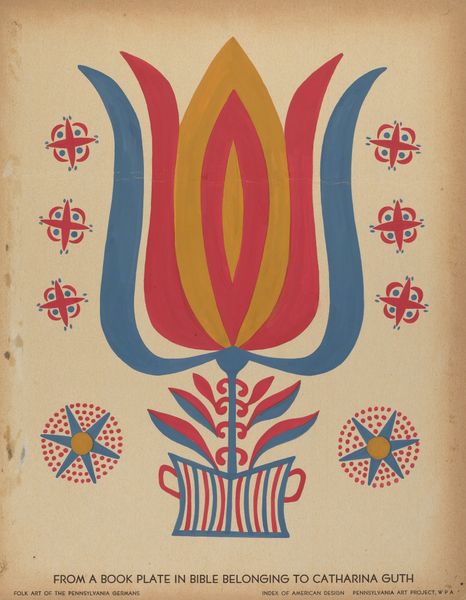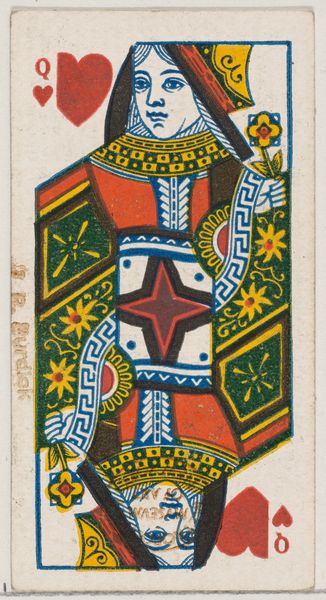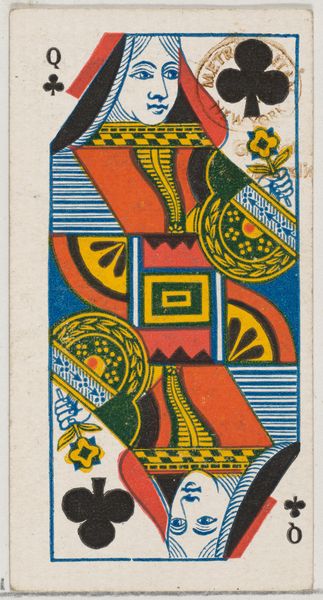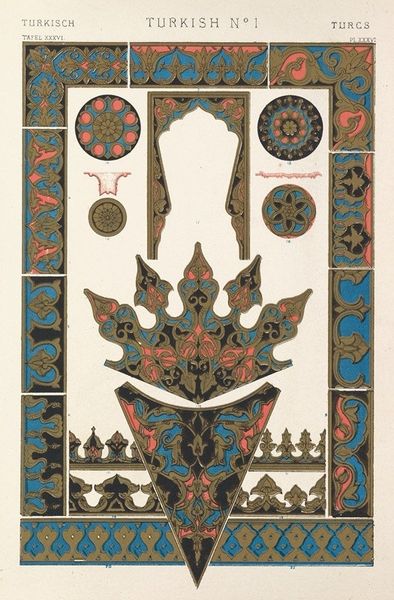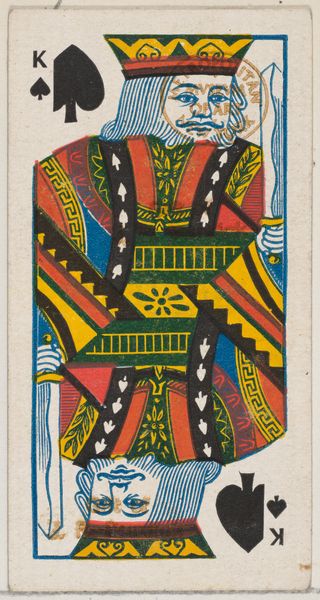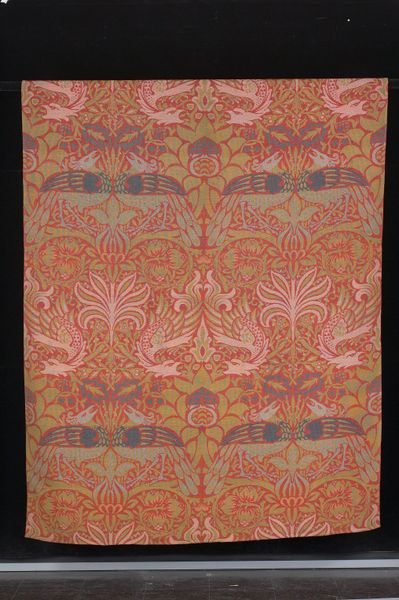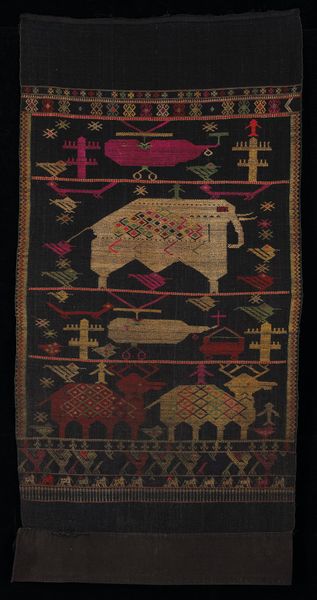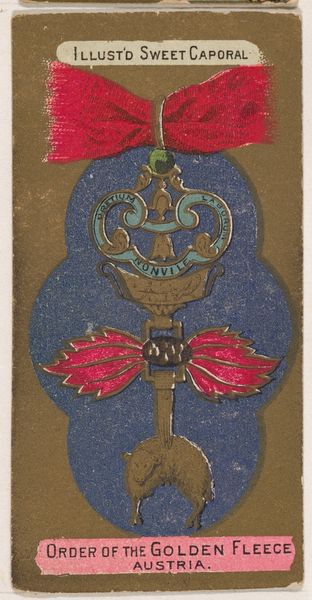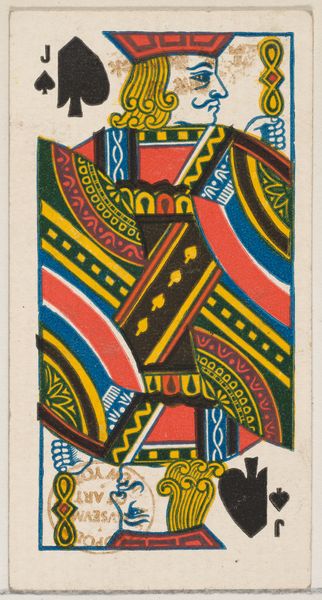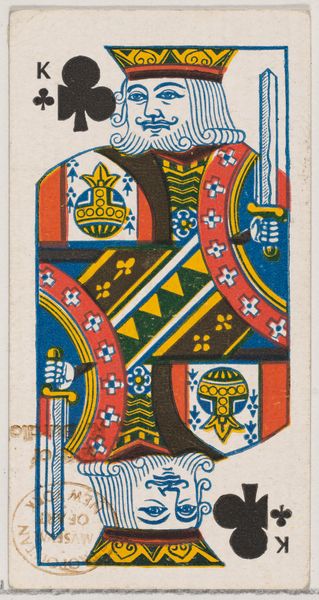
silk, weaving, textile, cotton
#
pattern heavy
#
natural stone pattern
#
silk
#
loose pattern
#
little amount of pattern
#
asian-art
#
weaving
#
textile
#
geometric pattern
#
geometric
#
repetition of pattern
#
pattern repetition
#
cotton
#
decorative-art
#
layered pattern
#
funky pattern
#
repetitive pattern
Dimensions: 60 x 23 in. (152.4 x 58.42 cm)
Copyright: Public Domain
Curator: Welcome. Let’s spend a moment examining this captivating textile work simply titled, "Banner." Created around the 20th century, this piece is held within the collections of the Minneapolis Institute of Art, a rich example of Asian textile art. It seems to employ materials like silk and cotton using weaving techniques. What strikes you initially? Editor: My first impression is how the banner feels almost like a visual record, like a timeline. The patterns and symbols seem layered, with the lower portion dense with creatures, which give way to something more abstract at the top. It feels very much like the cultural layering of stories that informs visual narrative. Curator: Exactly! Banners like this were often more than decoration; they served socio-political purposes within certain communities. Textiles communicate identity, status, and history in societies across the globe, frequently reflecting trade routes, cultural interactions, and the availability of materials. Editor: Considering that function, the repeated patterns resonate deeply. Repetition can serve as a method of encoding knowledge and expressing cyclical cultural values. I am curious about how its repetitive geometric motifs are designed around themes central to cultural expression. Curator: And there’s that striking central motif, almost a stylized figure flanked by those two dragons. It immediately makes me think of the iconography employed by local artisans who blend ancient belief systems with regional visual narratives. This might give us cues to the origins of the Banner's narrative and its public role. Editor: Those vibrant colors definitely draw the eye, too. Beyond the visual interest, I see those tones embodying aspects of ritual importance—red representing vitality or power, for instance. It invites discussions about gendered roles in both the making and the usage of the piece within these communities, in a world where women do the weaving. Curator: Agreed. The scale too makes a huge difference on its influence. This isn’t meant for the miniature scale of a museum display. It was meant to hang, to make a visual statement in large spaces, even dominate the location to project community cohesion. Editor: Absolutely. So, examining this banner, it gives us insight into the complex exchange of ideas, beliefs, and identities conveyed through art in various social frameworks. Curator: A perfect starting point for understanding visual culture, don't you agree?
Comments
No comments
Be the first to comment and join the conversation on the ultimate creative platform.
